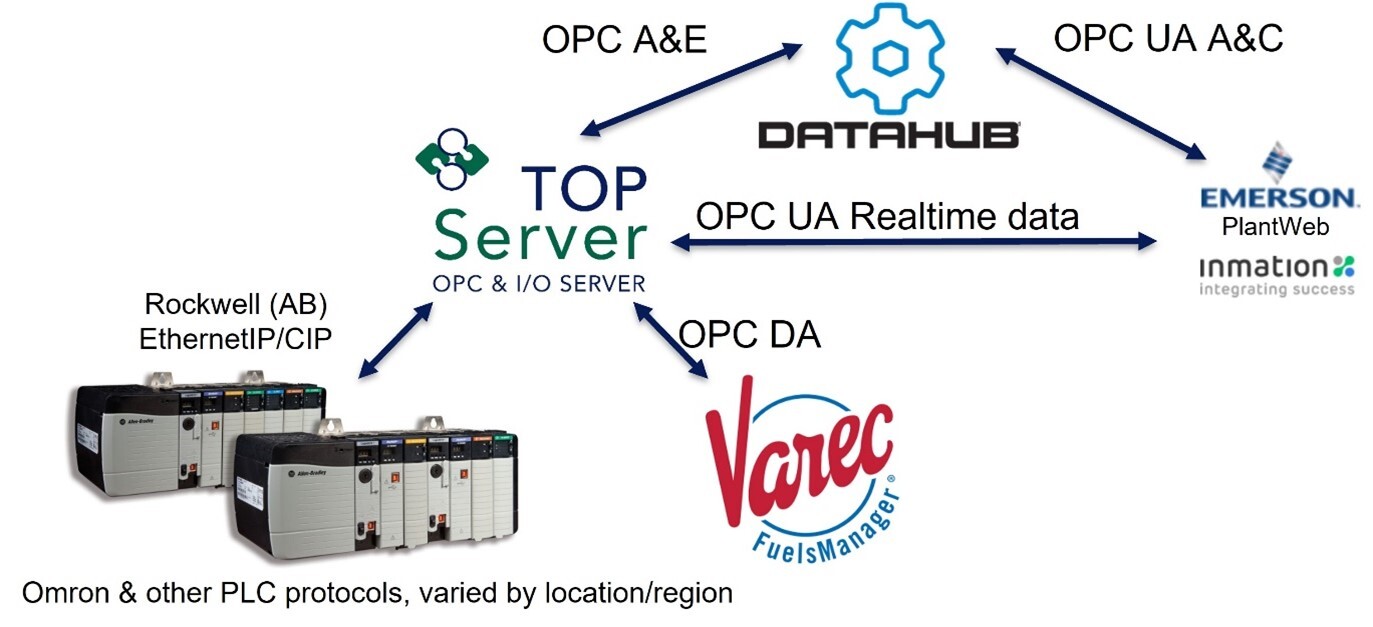Access Alarm & Event/Condition Data in Other Systems, Integrate & Use It
The OPC Alarms & Events (A&E) and it's OPC UA equivalent, Alarms & Conditions (A&C) are used to access information from HMI/SCADA/DCS and any system that is capable of generating Alarms or Events/Conditions and deliver it to alarm notification reporting & analysis software. The use of the open standard empowers users to use best-of-breed software instead of being limited to only one vendor's offerings.
DataHub supports:
- OPC Alarms & Events (A&E) Client and Server
- OPC UA Alarms & Conditions (A&C) Client and Server
- Converting between OPC A&E and OPC UA A&C
- Converting OPC A&E or UA A&C to OPC DA or UA Data Access
- Optional Tunneling of OPC A&E or UA A&C data



